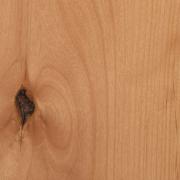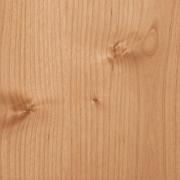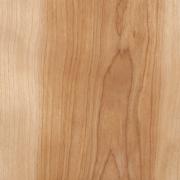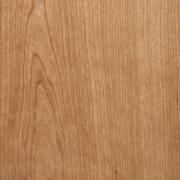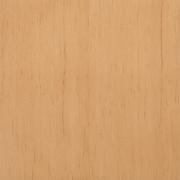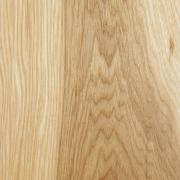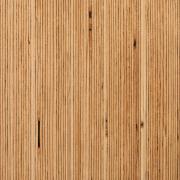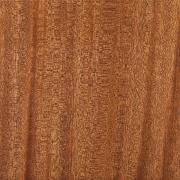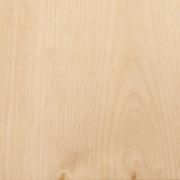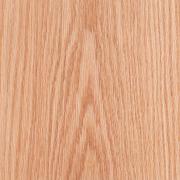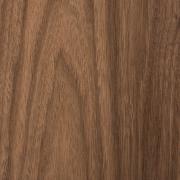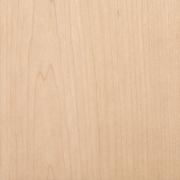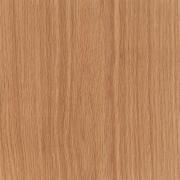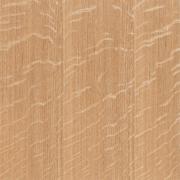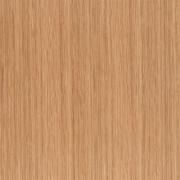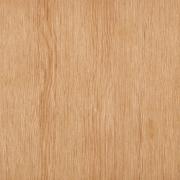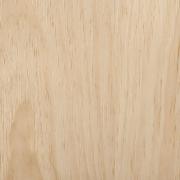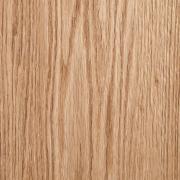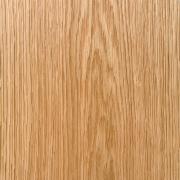Stain-Grade Wood
TruStile offers the broadest selection of wood species on the market. Choose from our standard selections below, or custom order virtually any species.
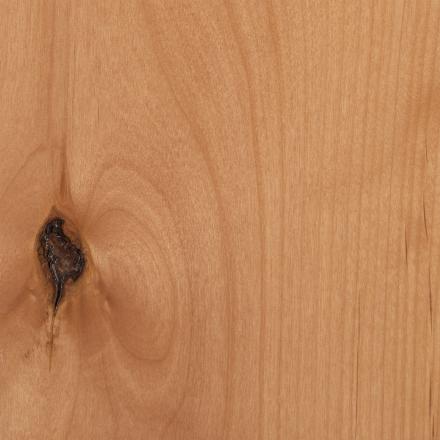
Knotty Alder
Common Name: Red Alder
Latin Name: Alnus Rubra
Hardness: Soft
Knotty Alder is moderately light and ranges in color from white to tan and can have a pinkish-brown tinge. Knotty Alder has a rugged, knotty appearance. Knots vary in size and distribution – from tight, closed knots to split, open knots.
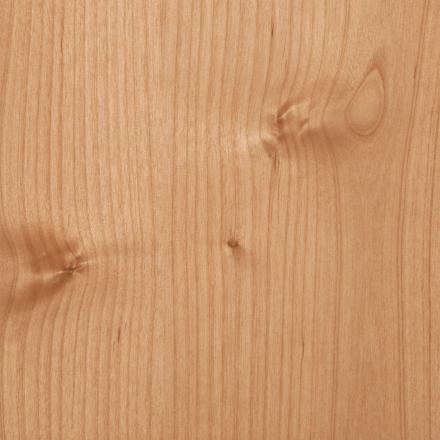
Select Alder
Common Name: Red Alder
Latin Name: Alnus Rubra
Hardness: Soft
Select Alder is moderately light and ranges in color from white to tan and can have a pinkish-brown tinge. Its straight-grained pattern is similar to Cherry. Select Alder has a fine, uniform texture.
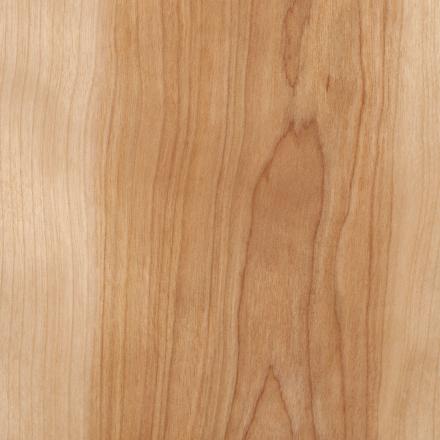
Birch
Common Name: Yellow birch
Latin Name: Betula alleghaniensis
Hardness: Hard
Natural yellow birch hardwoods are chosen for their dramatic color variation and usually smooth grain. Grain varies from a creamy color to a medium brown. Characteristics such as shiny burl wood, grain variation, small pin knots and mineral stains may also be present. Although similar in texture, birch is not recommended as an alternative to maple. Birch is relatively light in weight, but hard and strong with excellent shock resistance.
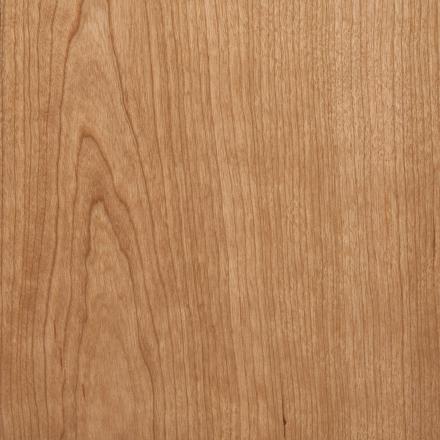
Cherry
Common Name: American Cherry
Latin Name: Prunus Serotina
Hardness: Hard
Cherry ranges in color from light to medium reddish-brown. Cherry has a smooth texture with a straight, fine grain pattern. Cherry may contain small dark gum spots which add interest to the grain. Cherry is especially sensitive to light and will darken and redden with exposure to light.
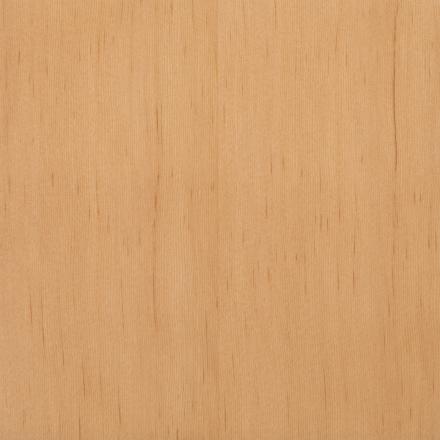
Douglas Fir
Common Name: Clear Vertical Grain
Latin Name: Pseudotsuga Menziesii
Hardness: Medium
Douglas Fir ranges in color from yellowish-tan to light brown. Douglas Fir has a straight grain pattern which may contain some waves or spirals. It has a medium to coarse texture.
Vertical grain
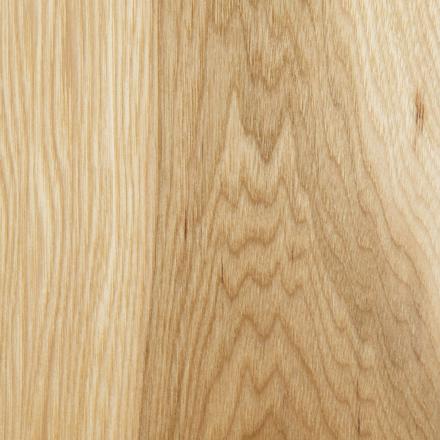
Hickory
Latin Name: Carya Glabra
Hardness: Hard
Hickory ranges in color from cream to pinkish-brown. Hickory has a slightly coarse texture with a straight to wavy grain pattern. Hickory is extremely tough and resilient.
Can display dramatic variations in color and grain not apparent in photo
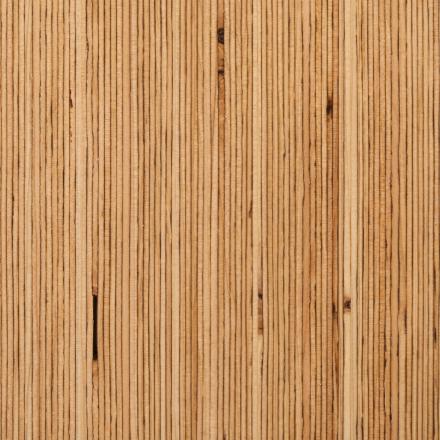
LVL
Common Name: Laminated Veneer Lumber
Hardness: Medium
LVL is a product that uses multiple layers of thin wood assembled with adhesives. Made in a factory under controlled specifications, LVL is stronger, straighter, and more uniform than typical milled lumber.
TruStile Reserve only
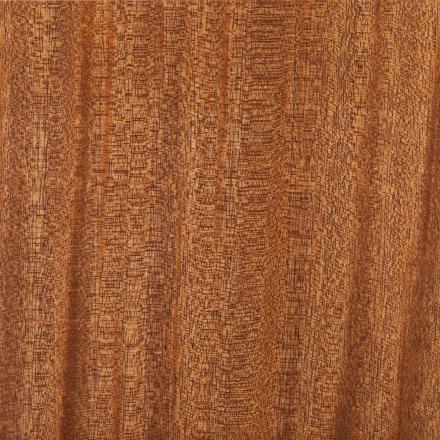
Mahogany
Common Name: African Mahogany
Latin Name: Khaya Ivorensis
Hardness: Medium
Mahogany varies in color from light to medium dark reddish-brown. Mahogany has a medium texture with a straight to irregular grain pattern. Mahogany tends to lighten with age and exposure to sunlight.
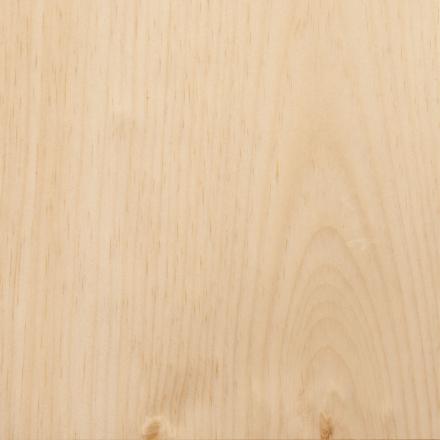
Clear Pine
Common Name: Sugar Pine
Latin Name: Pinus Lambertiana
Hardness: Soft
Clear Pine is pale tan with hues of red and peach. Its grain is open and straight and it has a fine texture. Clear Pine may have some pin knots, but does not have as many knots as Knotty Pine. The species ambers (yellows) with time.
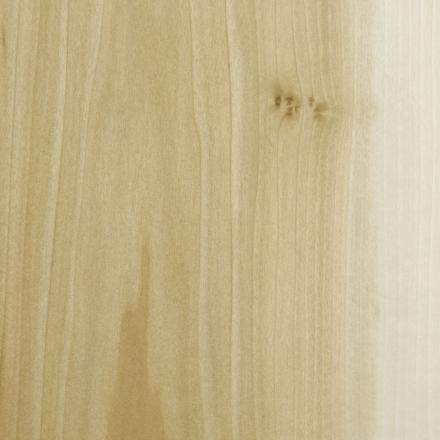
Poplar
Latin Name: Populus Balsamifera
Hardness: Soft
Poplar is light in color, but contains dramatic color variation and streaking. Poplar is smooth, but exhibits more grain texture than woods like Maple. Paint grade poplar is best suited for paint finishes.
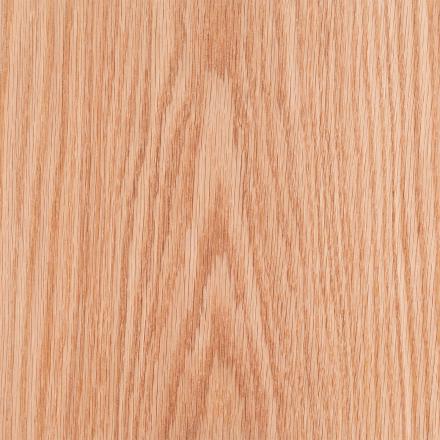
Plain Sawn Red Oak
Latin Name: Querqus Rubra
Hardness: Hard
Red Oak varies in color from reddish-tan to medium brown. It has prominent, open grain patterns ranging from tight and vertical to arched or “cathedral.” Red Oak lacks the patterning and figuring found in White Oak. Red Oak has a medium to coarse texture.
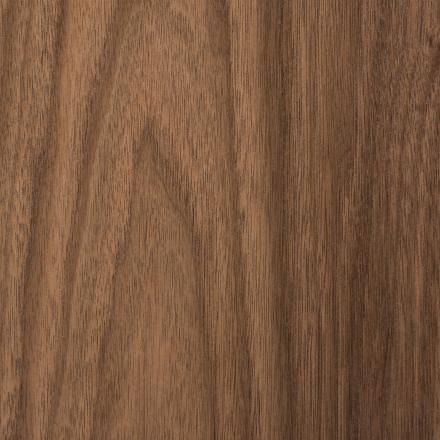
Walnut
Common Name: Black Walnut
Latin Name: Juglans Nigra
Hardness: Hard
Walnut is known for its distinctive color variation, from the nearly white sapwood to the heartwood that is deep, dark brown to purplish-black in color. It has a slightly coarse texture with mostly straight and open grain, but may have burls or waves. Walnut produces a greater variety of figure types than other species.
Will lighten in color in high UV applications
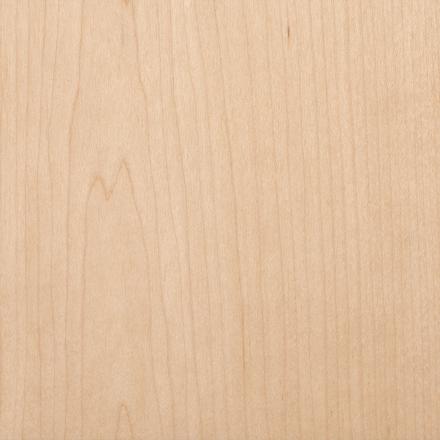
White Maple
Common Name: Sugar Maple
Latin Name: Acer Saccharum
Hardness: Hard
White Maple is near white in color with a trace of reddish-brown. It has a smooth texture with a straight to wavy grain pattern. White Maple may contain dark mineral streaks which are caused by mineral absorption from the soil.
Prone to checking and cracking in dry environments
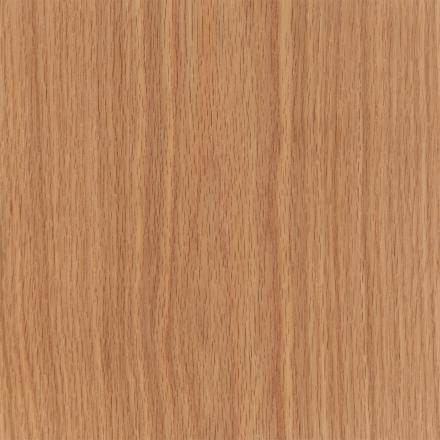
Plain Sawn White Oak
Latin Name: Querqus Alba
Hardness: Hard
Plain sawn white oak is a dense hardwood that varies in color from light grayish-tan to brown. The grain sometimes shows cathedralling like that found in plain sawn red oak, but typically it is not as pronounced. Occasionally medullary rays may occur.
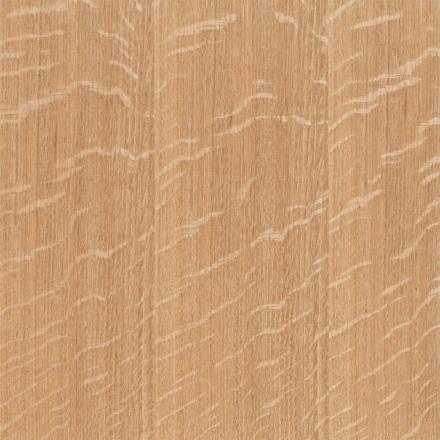
Quarter Sawn White Oak
Latin Name: Querqus Alba
Hardness: Hard
Quarter sawn white oak is a dense hardwood that varies in color from light grayish-tan to brown. It is mostly straight-grained, but can also include medullary rays that run perpendicular to the grain (often referred to as ray fleck, fleck or figure). Ray fleck can occur randomly within a veneer and its prevalence and placement can vary dramatically both within a door and across doors within a house package.
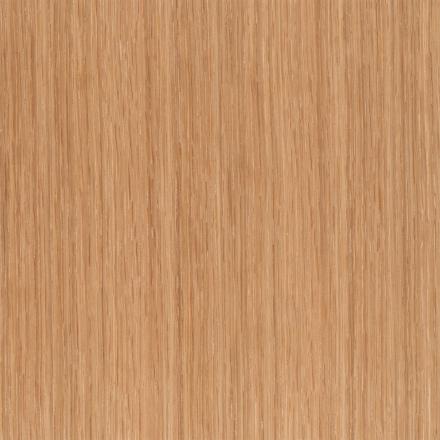
Rift Sawn White Oak
Latin Name: Querqus Alba
Hardness: Hard
Rift sawn white oak is a dense hardwood that varies in color from light grayish-tan to brown. It is mostly straight-grained, but can occasionally include some medullary rays (though not as pronounced as quarter sawn white oak). A typically even grain pattern and the ability to take stains well make rift sawn white oak a popular option for modern door styles.
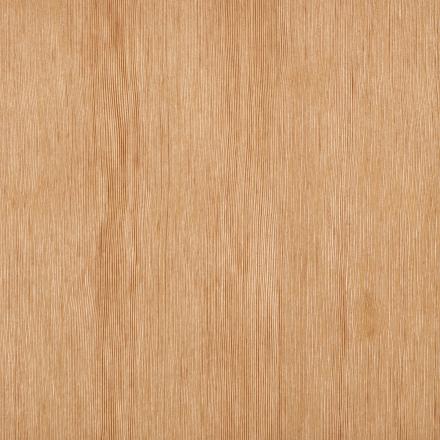
Wire Brushed Douglas Fir
Latin Name: Pseudotsuga Menziesii
Hardness: Medium
Same characteristics as Douglas Fir. Wirebrushing removes soft areas from the surface of the wood, giving a raised appearance to the remaining (harder) wood. This treatment enhances the wood grain and gives a distinct dimensional quality to the surface.
TruStile Reserve only. Vertical grain.
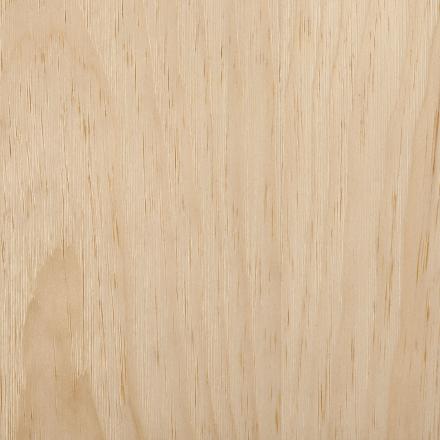
Wire-Brushed Clear Pine
Common Name: Sugar Pine
Latin Name: Pinus Lambertiana
Hardness: Soft
Same characteristics as Clear Pine. Wirebrushing removes soft areas from the surface of the wood, giving a raised appearance to the remaining (harder) wood. This treatment enhances the wood grain and gives a distinct dimensional quality to the surface.
TruStile Reserve only.
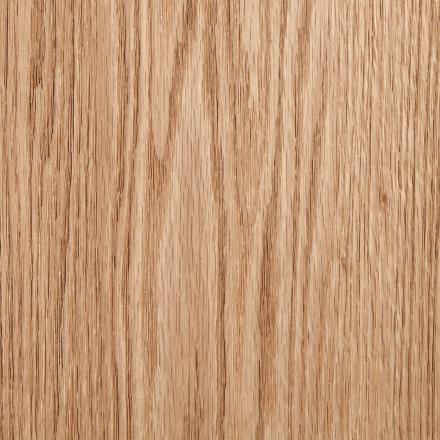
Wire-Brushed Red Oak
Latin Name: Querqus Rubra
Hardness: Hard
Same characteristics as Red Oak. Wirebrushing removes soft areas from the surface of the wood, giving a raised appearance to the remaining (harder) wood. This treatment enhances the wood grain and gives a distinct dimensional quality to the surface.
TruStile Reserve only. Plain sawn only.
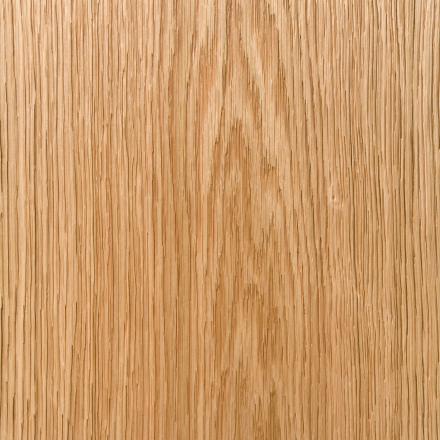
Wire-Brushed White Oak
Latin Name: Querqus Alba
Hardness: Hard
Same characteristics as White Oak. Wirebrushing removes soft areas from the surface of the wood, giving a raised appearance to the remaining (harder) wood. This treatment enhances the wood grain and gives a distinct dimensional quality to the surface.
TruStile Reserve only. Plain sawn only.
